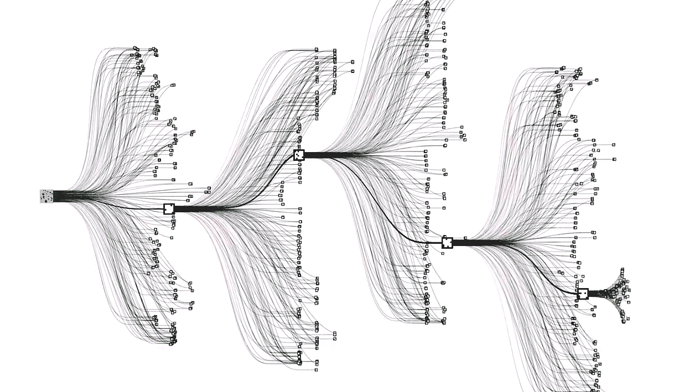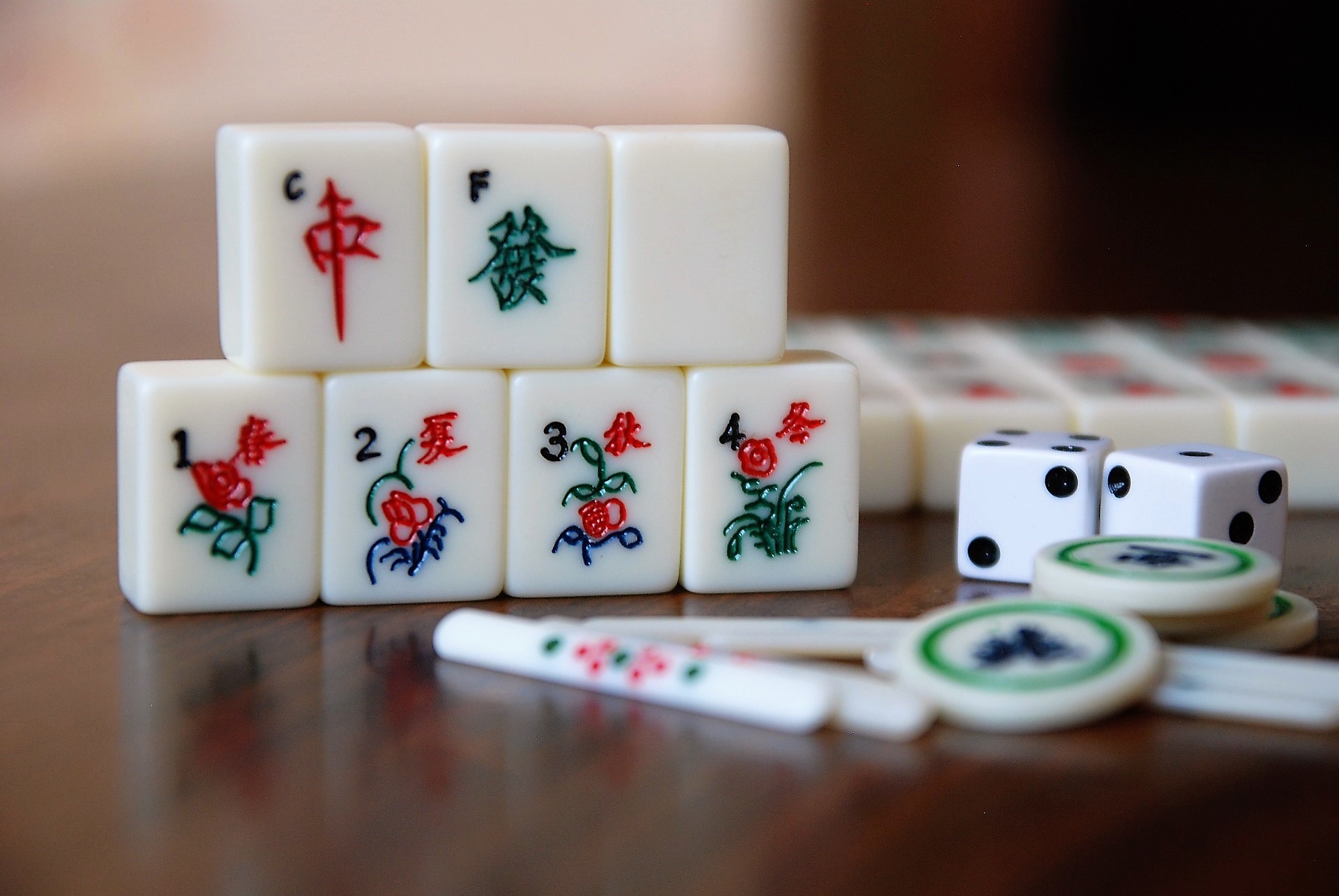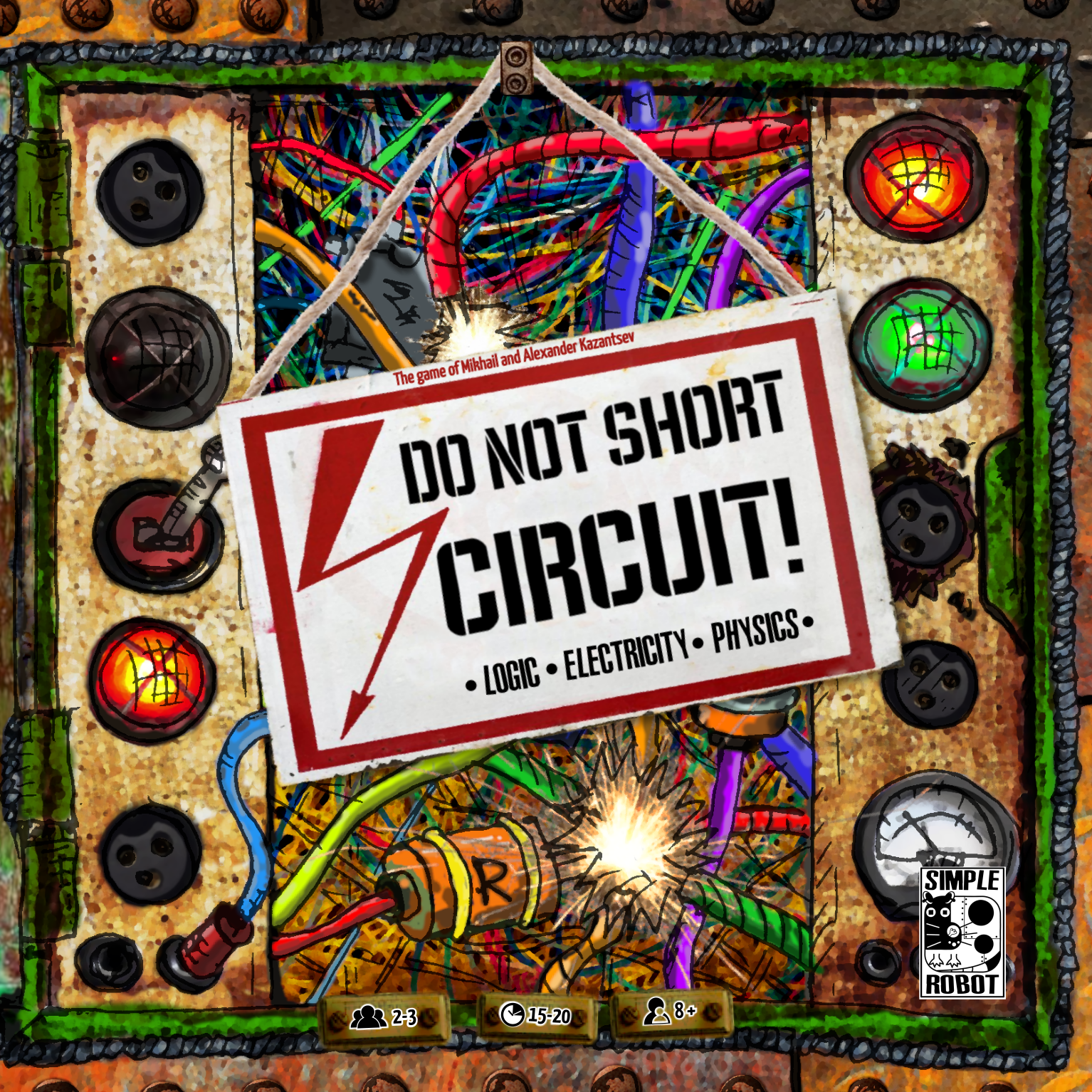
Today I would like to discuss the games Chess and Go, the world's champions, algorithms and Al.
In 1997, a computer program developed by IBM Deep Blue defeated the world Chess champion Garry Kasparov. Go remained the last board game in which humans were still better than machines.
Why is that?
Chess is primarily distinguished from Go by the number of variations for each move. Chess, the game is more predictable with more structured rules: we have value for each figure (e.g bishop = 3 pawns, rook = 5 pawns -> rook > bishop), some kind of openings and strategies. Go, in turn, has incredibly simple rules, which creates the complexity of the game for the machine. Go is one of the oldest board games. Until recently, it was assumed that a machine was not capable of playing on an equal footing with a professional player due to the high level of abstraction and the inability to sort through all possible scenarios - exactly as many valid combinations in a game on a standard 19×19 go-ban are 10180 (greater than the number of atoms in the visible universe).
However, almost 20 years later, in 2015, there was a breakthrough. Google's Deep Mind company enhanced AlphaGo, which was the last step for the computer to defeat the world champions in board games. The AlphaGo program defeated the European champion and then, in March 2016 demonstrated a high level of play by defeating Lee Sedol, one of the strongest go players in the world, with a score of 4:1 in favour of the machine. A year later, Google introduced to the world a new version of AlphaGo - AlphaGoZero.



 It runs south and circles north, circling, circling to run with its wind
It runs south and circles north, circling, circling to run with its wind
 Many programmers struggle when using formal methods to solve problems within their programs, as those methods, while effective, can be unreasonably complex. To understand why this happens, let’s use the
Many programmers struggle when using formal methods to solve problems within their programs, as those methods, while effective, can be unreasonably complex. To understand why this happens, let’s use the 
